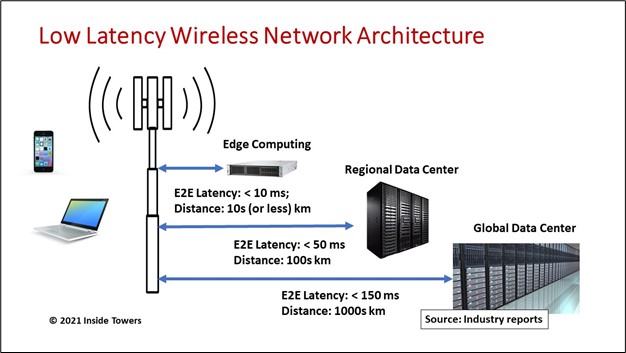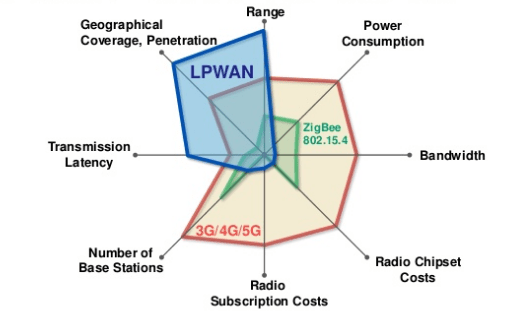Building Low-latency Network Applications

In modern distributed systems, reducing network latency is critical for delivering responsive user experiences and maintaining application performance. Low-latency network applications are designed to handle data exchange with minimal delay, enabling real-time interactions and providing a seamless user experience. Building such applications requires a deep understanding of network protocols, system architectures, and optimization techniques.

Network Optimization:

Optimizing the underlying network infrastructure is essential for reducing latency. This involves using low-latency protocols such as UDP or QUIC, minimizing the number of network hops, and selecting a network provider with a reliable and fast connection. Additionally, network congestion can be managed through load balancing and traffic shaping techniques to ensure consistent application performance.
Application Architecture:
The application architecture plays a significant role in determining latency. A distributed architecture with geographically dispersed servers can reduce latency by bringing data closer to users. Caching mechanisms can be employed to store frequently accessed data locally, reducing the need for remote requests. Event-based architectures, such as publish-subscribe models, enable real-time communication without the overhead of continuous polling.
Data Serialization:
The format used for data serialization can significantly impact latency. Efficient serialization methods, such as binary or Protobuf encoding, minimize the overhead of converting data into a network-transportable format. Additionally, using header compression techniques can reduce the size of network packets, resulting in faster transmission times.
Asynchronous Processing:
Asynchronous processing techniques, such as non-blocking I/O and event loops, enable applications to handle network events concurrently without blocking the main thread. This approach reduces latency by eliminating the need for context switching and allowing the application to respond to incoming data immediately.
Error Handling:
Efficient error handling is crucial for maintaining low latency in network applications. Timeouts and retries mechanisms can prevent unnecessary delays in data transmission. Additionally, using a retry strategy with exponential backoff helps avoid overwhelming the network during error conditions.
Performance Monitoring and Profiling:
Continuously monitoring and profiling the performance of network applications is essential for identifying bottlenecks and areas for improvement. Tools such as network sniffers, latency analyzers, and profiling frameworks can help pinpoint sources of latency and guide optimization efforts.
Optimizing Real-time Interactions:
Building low-latency applications for real-time interactions requires additional considerations. Using specialized protocols such as WebRTC or WebSockets enables real-time data exchange with minimal overhead. Implementing techniques such as jitter buffers can mitigate the effects of variable network conditions and ensure smooth communication.

I have been developing low-latency apps for many years, and I can tell you that this article is spot on. The author does a great job of explaining the challenges of building low-latency apps, and he provides some valuable tips on how to overcome.
This article is a waste of time. The author doesn’t provide any new information, and he doesn’t offer any practical advice. I would not recommend this article to anyone.
This article provides a good overview of the challenges of building low-latency apps. The author does a good job of explaining the different techniques that can be used to reduce latency, and he provides some valuable tips on how to choose the right technique for your application.
I disagree with the author’s conclusion that it is always necessary to use a CDN to reduce latency. In some cases, it may be more effective to use a local server.
This article is a great example of how to write a technical article in a way that is both informative and engaging. The author does a great job of explaining the complex topic of low-latency app development in a way that is easy to understand.
I found this article to be very helpful. I am a beginner in the field of low-latency app development, and this article gave me a good overview of the challenges and techniques involved.
This article is a must-read for anyone who is interested in building low-latency apps. The author does a great job of explaining the different techniques that can be used to reduce latency, and he provides some valuable tips on how to choose the right technique for your application.
I have been trying to build a low-latency app for months, but I have not been able to get it to work. This article has given me some valuable tips that I will try.
This article is too technical for me. I am not a developer, and I do not understand most of the terms that the author uses.
This article is a good resource for developers who are interested in building low-latency apps. The author provides a lot of valuable information, and he does a good job of explaining the different techniques that can be used to reduce latency.
I disagree with the author’s conclusion that it is always necessary to use a CDN to reduce latency. In some cases, it may be more effective to use a local server.
This article is a great example of how to write a technical article in a way that is both informative and engaging. The author does a great job of explaining the complex topic of low-latency app development in a way that is easy to understand.
I found this article to be very helpful. I am a beginner in the field of low-latency app development, and this article gave me a good overview of the challenges and techniques involved.
This article is a must-read for anyone who is interested in building low-latency apps. The author does a great job of explaining the different techniques that can be used to reduce latency, and he provides some valuable tips on how to choose the right technique for your application.
I have been trying to build a low-latency app for months, but I have not been able to get it to work. This article has given me some valuable tips that I will try.